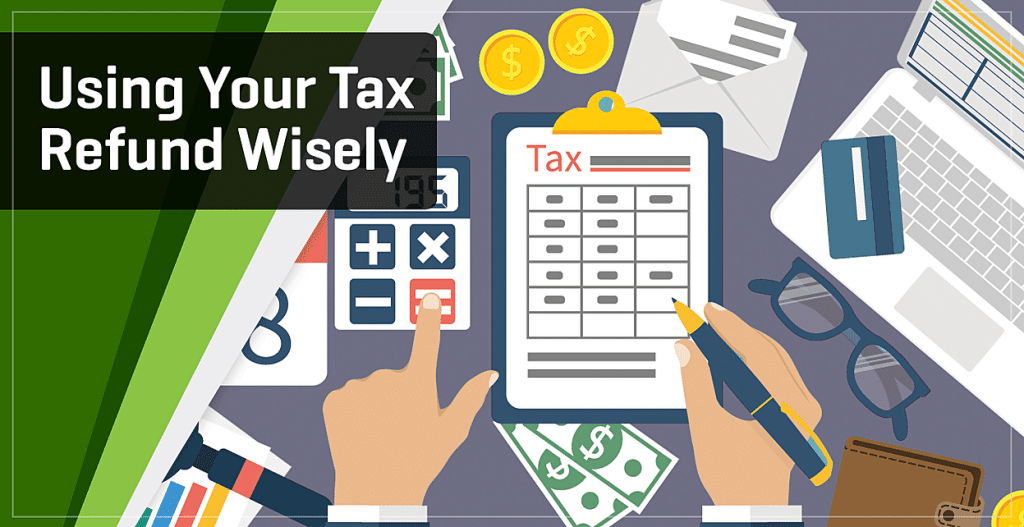A Fresh Opportunity with Your Refund
When tax season rolls around, many people look forward to a refund check. It feels like a bonus, but really it’s just the government returning money you already earned. Still, receiving a lump sum can open the door to big financial choices. The way you use your refund can either push you forward or keep you stuck in the same patterns. Some people search for answers to stressful situations, like how to get a debt lawsuit dismissed, while others see the refund as a chance to reset their money habits. No matter where you fall, using your refund wisely can bring both relief and long-term stability.
Step One: Pay Down Debt
One of the smartest ways to use a tax refund is to pay off debt. Credit card balances and other high-interest loans often cost far more over time than the original amount borrowed. Applying your refund toward these balances reduces interest charges and gives you breathing room. It’s like buying yourself financial freedom. Even if the refund doesn’t wipe out the debt completely, making a big payment can shorten the timeline to becoming debt-free.
Step Two: Build an Emergency Fund
If you don’t already have one, setting up an emergency fund should be a priority. Life happens—cars break down, medical bills pop up, jobs can change unexpectedly. Without savings, these surprises can lead straight back to debt. Using part of your refund to create or strengthen an emergency fund gives you a cushion. Experts often recommend saving at least three to six months of living expenses, but even a smaller amount can provide peace of mind.
Step Three: Invest in Your Future
Once debts and emergencies are covered, investing part of your refund is a powerful way to grow wealth over time. This might mean adding to a retirement account like an IRA, contributing to a workplace 401(k), or even exploring a taxable investment account. Investments have the advantage of compounding, which means your money earns money on top of itself. The earlier you start, the greater the rewards down the road.
Step Four: Improve Your Skills and Opportunities
Another wise use of a refund is investing in yourself. This could mean taking a course, getting a certification, or starting a side business. Skill-building creates opportunities for higher income in the future. Instead of seeing the refund as one-time money, you’re turning it into a tool for growth. This kind of investment often pays back far more than the original amount, not just in dollars but also in confidence and independence.
Step Five: Tackle Important Purchases the Right Way
Refunds can also help with necessary purchases that improve quality of life. For example, upgrading an old appliance, fixing a roof, or buying reliable transportation can all be worthwhile if they reduce future stress and expenses. The key is being intentional. Spending on needs that support stability is very different from blowing the refund on luxuries that don’t last.
Step Six: Allow Room for Enjoyment
A refund doesn’t have to be all business. Setting aside a small portion for fun can make the process more rewarding. Whether it’s a night out, a short trip, or something special you’ve been eyeing, giving yourself permission to enjoy part of the money helps you stick to your larger plan. Balance is the goal—responsibility mixed with a little enjoyment keeps financial progress sustainable.
Creating a Balanced Plan
The most effective way to use a tax refund is to spread it across multiple goals. For example, you might use half to pay down debt, a quarter to build savings, and the rest to invest or spend on something meaningful. This balanced approach makes sure you are addressing today’s needs while also preparing for tomorrow. It transforms the refund from a quick windfall into a strategic tool.
Why Planning Matters
Without a plan, refunds often disappear quickly. A few splurges, some bills, and suddenly the money is gone with nothing lasting to show for it. Creating a clear plan ensures your refund serves you instead of slipping away unnoticed. Planning turns a temporary boost into a permanent improvement for your financial life.
Conclusion: Make Your Refund Work for You
A tax refund is more than extra cash—it’s an opportunity. By using it to pay off debt, build savings, invest in the future, or improve your quality of life, you create momentum toward financial stability. Balancing responsibility with a little enjoyment keeps the process realistic and rewarding. Whether your refund is large or small, it can become a stepping stone to greater peace of mind and long-term success. With intentional choices, you transform a refund from a short-lived bonus into a powerful financial tool that truly works for you.







